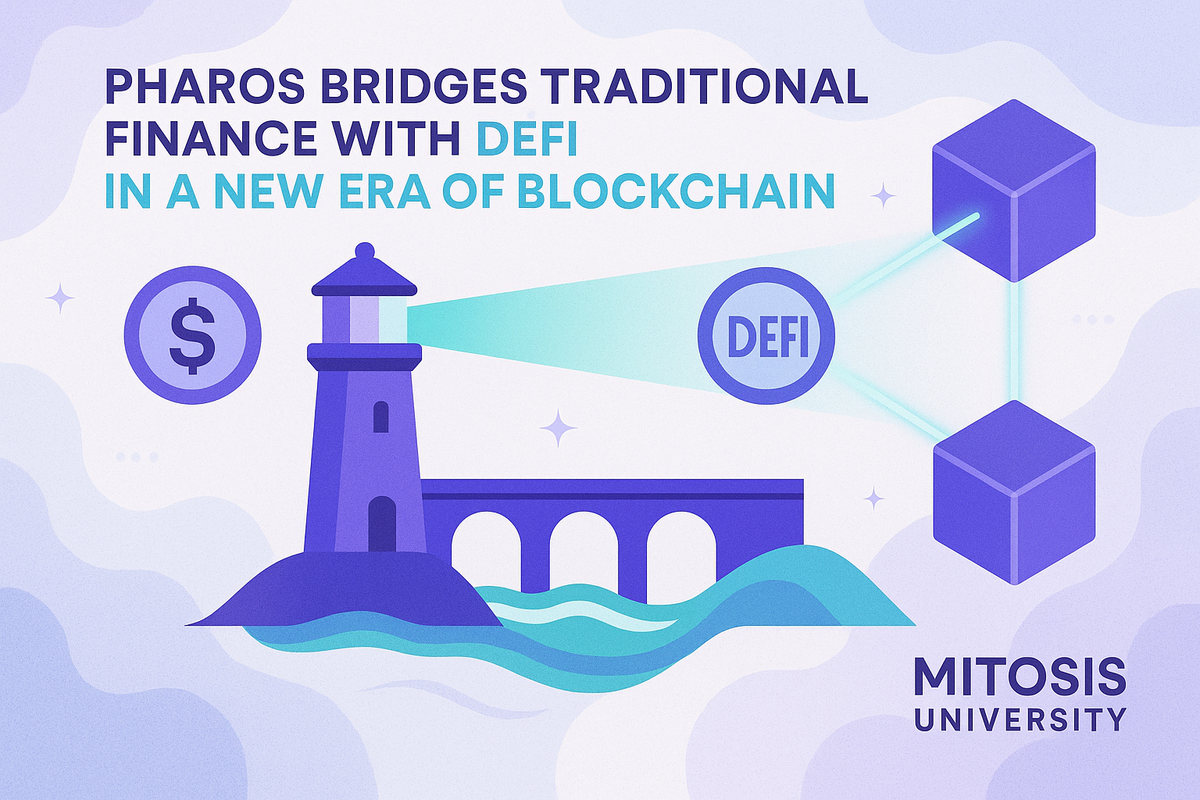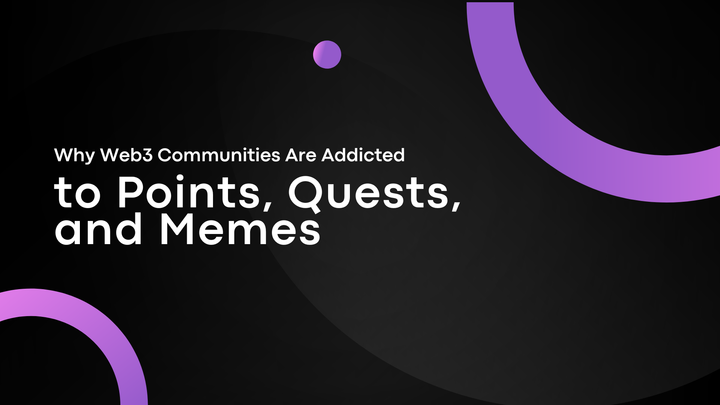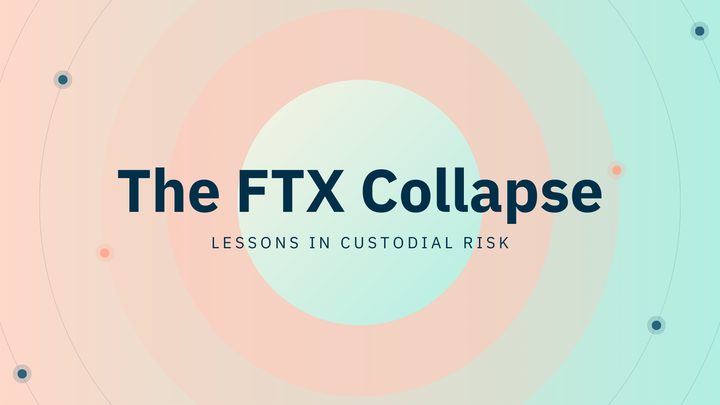Pharos Bridges Traditional Finance with DeFi in a New Era of Blockchain

As the blockchain industry races toward mass adoption, one challenge continues to loom large: how to effectively bridge the gap between traditional finance (TradFi) and decentralized finance (DeFi) without compromising scalability, speed, or security. Pharos, a modular full-stack Layer 1 blockchain network, is tackling this challenge head-on.
Designed from the ground up for performance, flexibility, and financial inclusivity, Pharos is setting new benchmarks in blockchain innovation. With a focus on trustless innovation and underserved markets, Pharos aims to make Web3 not only scalable—but truly accessible. In this article, we’ll explore how Pharos achieves this through its modular architecture, core technologies, and real-world use cases.
1. Architectural Foundation: Modular, Scalable, Inclusive
At the heart of Pharos lies a three-layered architecture that enables scalability, flexibility, and cross-network operability:
L1-Base: Hardware-Powered Performance
This layer ensures industry-grade data availability through hardware acceleration, making Pharos capable of meeting the demands of large-scale applications with minimal latency.
L1-Core: High-Throughput Blockchain Backbone
Operating as a globally distributed, BFT-proof-of-stake blockchain, this core layer achieves sub-second finality and throughput exceeding 130,000 transactions per second in a 100-node testbed. Its unique consensus model supports multi-node simultaneous block proposals, removing traditional bottlenecks.
L1-Extension: Custom SPNs and Interoperability
The L1-Extension layer enables Special Processing Networks (SPNs)—customizable, application-specific sub-networks that can run distinct protocols, integrate with TEE hardware, and leverage Native Restaking to tap into shared security and liquidity from the main network. Cross-SPN interoperability further extends Pharos’s ability to host diverse ecosystems within a unified value layer.
2. Next-Gen Technologies Driving Performance and Utility
Pharos is not just another Layer 1. Its suite of technologies introduces breakthrough efficiencies in execution, storage, and smart contract environments.
Degree of Parallelism (DP): Performance at Scale
Pharos sets a new industry standard for parallelism, aiming for DP4—a stage involving Parallel Merklization and Accelerated State Access. This addresses key bottlenecks like state bloat and IO inefficiencies, unlocking up to 500 parallel processes.
Pharos VM (PVM): Dual VM, Unified Runtime
PVM is a dual virtual machine capable of executing both EVM and WASM contracts within the same runtime environment. It leverages SIMD, opcode fusion, and caching to enhance speed and reduce costs. With support for advanced parallel and speculative execution, PVM ensures both performance and developer flexibility.
Pharos Store: Blockchain-Native Verifiable Storage
Solving the age-old problem of state bloat, the Pharos Store introduces innovations like Authenticated Data Structure (ADS) Pushdown and delta encoding. The result? Up to 15.8x throughput and 80% lower storage costs compared to traditional blockchain storage models.
Pharos Pipelining: Tailored Finality
Recognizing that different applications have different finality requirements, Pharos offers Ordering, Transaction, and Block Finality—providing developers with more control over resource allocation and user experience.
3. Real-World Applications: From Payments to RWA and DePIN
Pharos is more than theoretical innovation—it’s designed for real-world impact across key financial and technological verticals:
On-Chain Financial Markets
With support for complex order types and sub-second finality, Pharos enables fully on-chain CLOB DEXs that rival centralized exchanges in performance.
Hybrid Real-Time Payments
Pharos’s fast finality and minimal transaction fees make it ideal for global payment systems, including those that bridge on-chain and off-chain services.
Institution-Grade Real-World Assets (RWA)
Utilizing zkDID attestation and hybrid credit systems, Pharos offers secure frameworks for tokenizing real-world assets like real estate, bonds, or invoices.
Scalable DePIN Infrastructure
Pharos empowers decentralized physical infrastructure networks (DePIN) by supporting ultra-fast microtransactions, efficient data exchange, and customizable SPNs for varied hardware environments.
Unified Liquidity Across VM Types
Thanks to its dual VM environment, Pharos supports interoperable dApps running on different VMs—all under a single user account system, simplifying cross-contract communication and liquidity flow.
Conclusion
Pharos is not just a blockchain—it's a high-performance, modular ecosystem poised to connect traditional financial systems with the decentralized world of Web3. Its innovations in parallel processing, smart contract execution, and cross-network operability position it as a leader in the next generation of Layer 1 platforms.
Key Takeaways
- Pharos’s modular design allows for customizable, interoperable blockchain environments (SPNs).
- Its cutting-edge VM and storage layers drive significant performance and cost benefits.
- Real-world use cases like RWA, DePIN, and hybrid payments are already in focus.
Looking Ahead
As Pharos launches its Builder Base Camp with Hackquest, developers have a unique opportunity to build impactful, real-world applications on a cutting-edge network. Could Pharos be the foundation for the next wave of financial and technological inclusion?



Comments ()